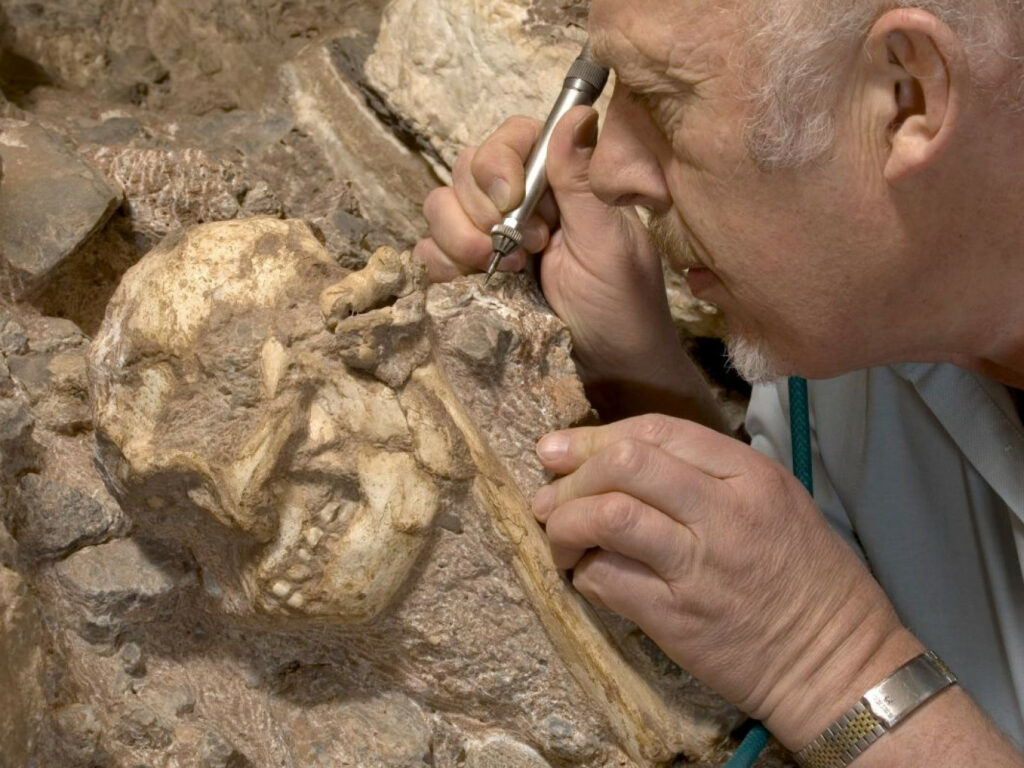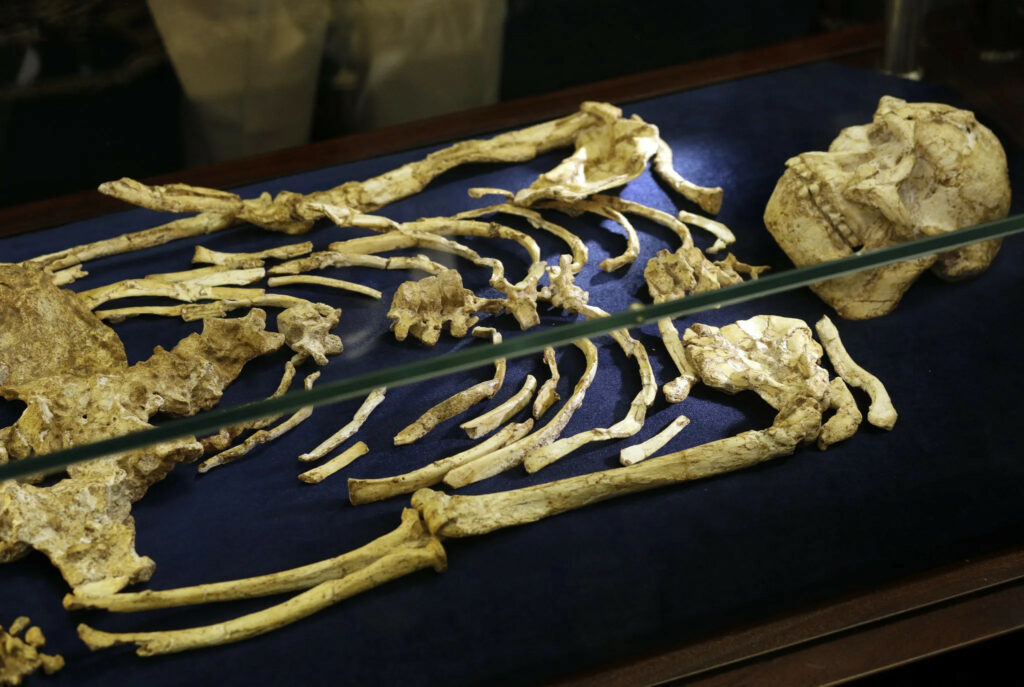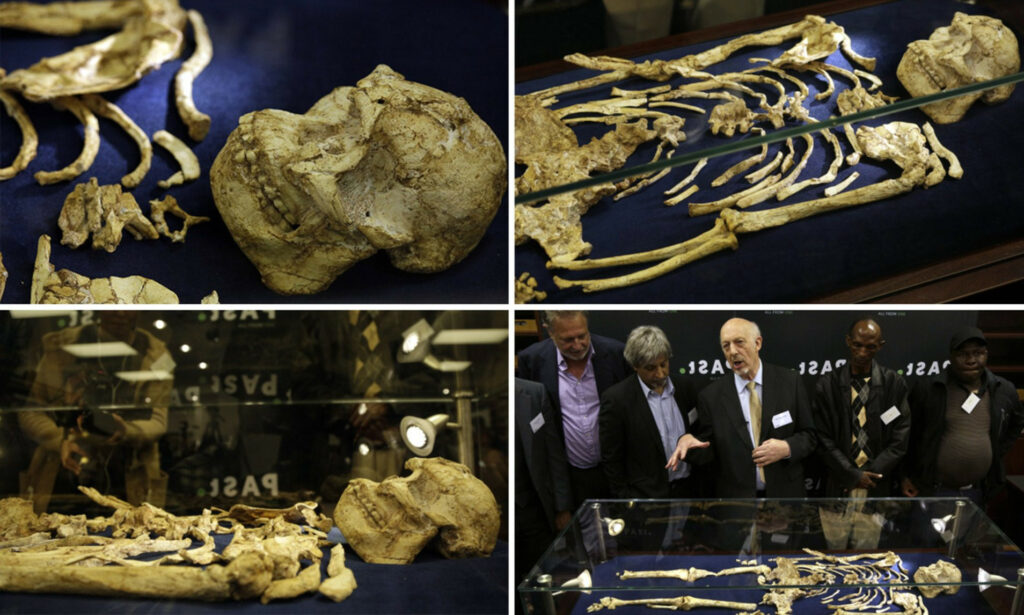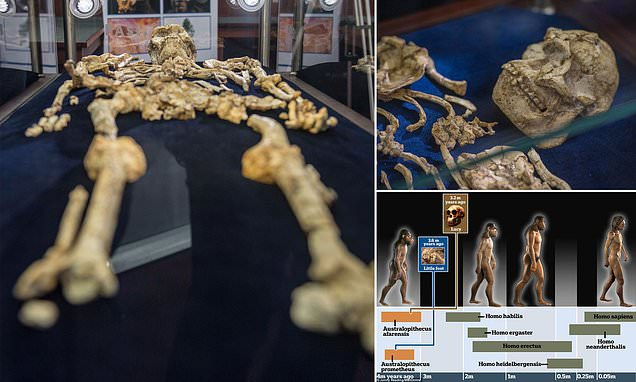Unveiling an Ancient Ancestor

On December 6th, 2023, the scientific community and the public were treated to an extraordinary glimpse into our distant past. At the Hominin Vault of the University of the Witwatersrand’s Evolutionary Studies Institute in Johannesburg, South Africa, a nearly complete skeleton of an early human ancestor was unveiled. Dubbed “Little Foot,” this Australopithecus fossil dates back an astounding 3.67 million years, making it one of the oldest and most complete hominid specimens ever discovered.

A Fossil of Unprecedented Completeness
Surpassing Famous Predecessors

Little Foot’s skeleton is remarkably well-preserved, with about 90% of its bones intact. This level of completeness far surpasses that of other famous hominid fossils, such as the 3.2-million-year-old “Lucy” skeleton, which is only 40% complete. The exceptional preservation of Little Foot provides researchers with an unprecedented opportunity to study the anatomy and lifestyle of our ancient ancestors.
A Treasure Trove of Information

Ron Clarke, the paleoanthropologist involved in the discovery, highlighted the significance of Little Foot: “It has a lot of firsts. It’s the first complete skeleton adult, it is the first skeleton that has a complete arm and a complete leg in one individual that can be compared, and it is the oldest in Southern Africa.” This wealth of information promises to revolutionize our understanding of human evolution.
The Future of Paleoanthropology
Upcoming Scientific Revelations

The unveiling of Little Foot marks just the beginning of its scientific journey. Clarke and an international team of experts are preparing to release over 25 scientific papers detailing their research and findings on this remarkable fossil. These studies are expected to provide new insights into the anatomy, locomotion, and lifestyle of our early ancestors.
A Milestone in Human Origins Research

As Clarke stated in a press release, “This is one of the most remarkable fossil discoveries made in the history of human origins research, and it is a privilege to unveil a finding of this importance today.” The public display of Little Foot represents a pivotal moment in paleoanthropology, offering an unparalleled window into our evolutionary past and potentially rewriting our understanding of human origins.

